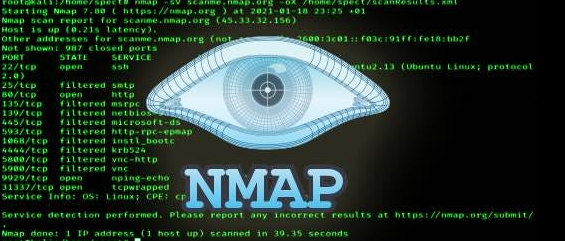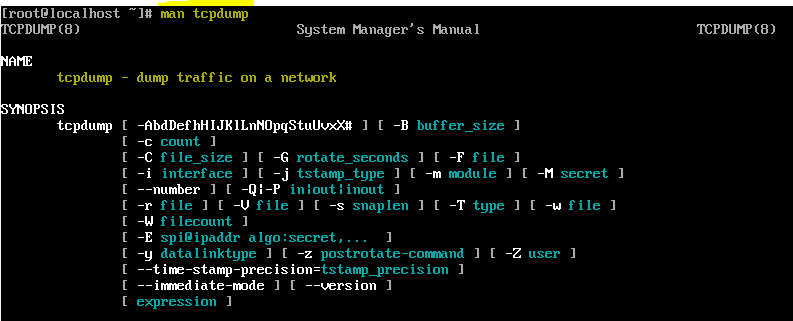Nmap: The Ultimate Guide to Network Scanning and Reconnaissance 🕵️
- Bhupendra budha
- Aug 16
- 3 min read
Welcome to the world of network security, where understanding your digital environment is the first step to protecting it. Whether you're a cybersecurity professional, a system administrator, or a curious tech enthusiast, knowing what's happening on your network is essential. This is where Nmap (Network Mapper) comes in. More than just a simple tool, Nmap is a powerful, open-source utility that has become the de facto standard for network discovery and security auditing.

The Fundamentals: How Nmap Works
Nmap operates by sending specially crafted packets to a target host or range of hosts and then analyzing the responses. This process allows it to determine crucial information about the network, including:
Host Discovery: Which hosts are online and reachable?
Port Scanning: Which ports are open, closed, or filtered?
Service and Version Detection: What applications and services are running on those open ports, and what versions are they?
Operating System Detection: What operating system is the target host running?
Port Scanning: The Core of Nmap
Port scanning is the heart of Nmap's functionality. It's the process of sending probes to a target's ports to determine their state.
Open: An application is actively accepting TCP connections or UDP packets on this port.
Closed: The port is accessible, but no application is listening to it. A closed port typically responds with a definitive RST (Reset) packet.
Filtered: A firewall, filter, or other network device is blocking the port. Nmap's probes are dropped, and no response is received, leading to an ambiguous result.
Common Port Scanning Techniques
SYN Scan (Stealth Scan): The most popular and often the default scan for privileged users (-sS). It's called a "stealth scan" because it never completes the full TCP three-way handshake, making it less likely to be logged by the target's services.
Bash
nmap -sS <target_ip>
TCP Connect Scan: This scan (-sT) completes the full TCP three-way handshake. It's less stealthy because it creates a full connection, which is often logged. It is the default scan for non-privileged users who can't craft raw packets.
Bash
nmap -sT <target_ip>
OS and Service Detection: Uncovering the Details
Nmap's true power lies in its ability to go beyond basic port states and identify what's running on a host.
OS Detection (-O): This feature relies on TCP/IP stack fingerprinting. Nmap analyzes the subtle differences in how operating systems implement network protocols—such as TTL (Time To Live) values, TCP window sizes, and response to malformed packets—to create a unique fingerprint. It then compares this against a database of known OS fingerprints to make an educated guess.
nmap -O 192.168.1.100Service and Version Detection (-sV): After finding an open port, this option sends additional probes to trigger service banners or responses that reveal the software name and its version (e.g., "Apache httpd 2.4.41" or "OpenSSH 7.4"). This is critical for vulnerability assessment.
nmap -sV 192.168.1.100Timing and Stealth: Balancing Speed and Detection
Nmap offers a variety of timing templates (-T0 through -T5) to control the scan speed. This is a crucial trade-off between getting fast results and avoiding detection.
-T0 (Paranoid): The slowest and most stealthy option. It sends a packet every 5 minutes to avoid intrusion detection systems (IDS).
-T3 (Normal): Nmap's default mode. It's a balanced approach that provides a good mix of speed and reliability.
-T5 (Insane): The fastest option. It sends a high volume of packets in parallel with very short timeouts, making it easily detectable and potentially disruptive to fragile services.
You can also use a specific rate for more granular control:
Bash
# Scan a network with a minimum rate of 10 packets per second
nmap --min-rate 10 192.168.1.0/24
A Final Word on Responsibility
Using Nmap is a powerful skill, but with great power comes great responsibility. Always ensure you have explicit permission from the network owner before performing a scan. Unauthorized scanning can be considered a criminal offense in many jurisdictions. Stay ethical, stay legal, and use your skills for good.
References
Lyon, Gordon. "Nmap Network Scanning." Nmap.org, 2009.
RFC 793, "Transmission Control Protocol."
RFC 1918, "Address Allocation for Private Internets."
RFC 1122, "Requirements for Internet Hosts -- Communication Layers."








Comments